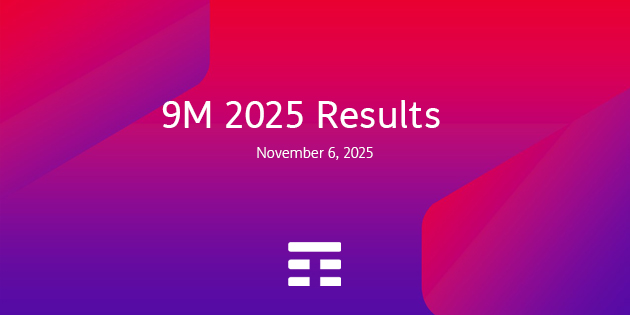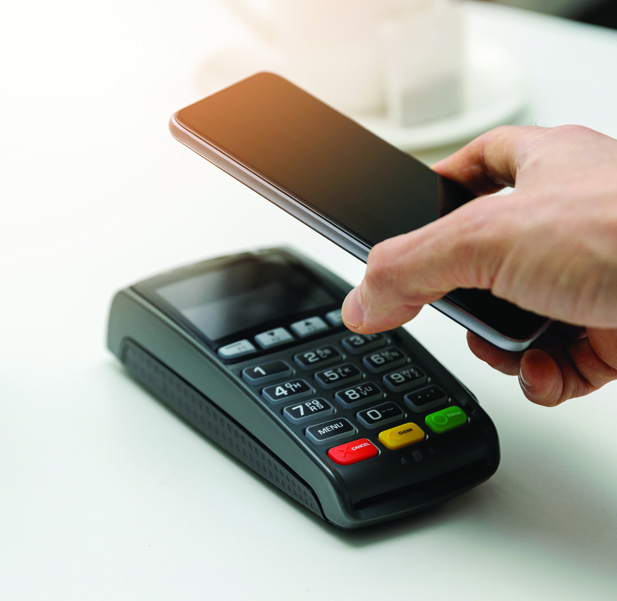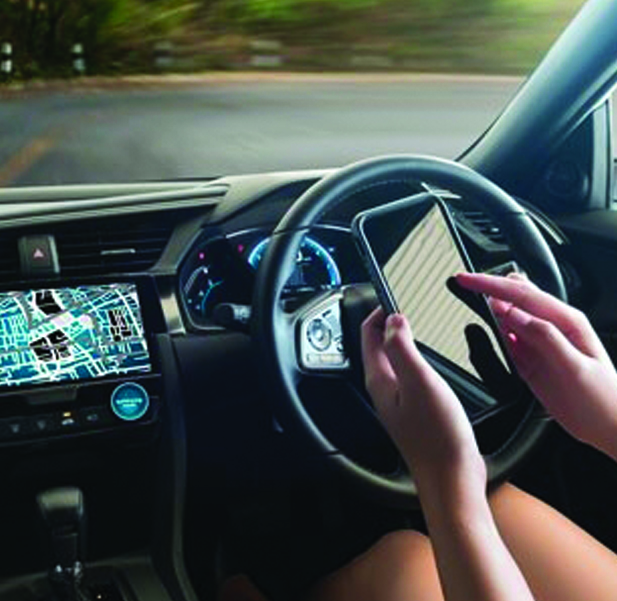Look into your computer screen or smartphone and blink when the software tells you to. Done it? Congratulations, you have just made a Selfie Pay purchase.
No, this isn't the beginning of a Black Mirror episode, it's an online payment system that is quickly becoming a reality. The concept is quite simple: instead of entering your credit card information or your PayPal password, some advanced systems allow you to use biometrics (facial recognition and fingerprints) to approve payment transactions.
The software verifies the customer's personal details, thus preventing fraud and credit card cloning. Selfie Pay is just one of the many cardless payment systems that the e-commerce giants and FinTech have been working on for some time. The purpose is universal: simplifying digital payments (not just those made online) as much as possible to increase their use and make transactions faster and more effective. Another innovative payment method used today is incorporated in smart fridges.
It searches for items you need, orders them and pays for them directly from the display. Likewise, we can now use smart speakers like Amazon Echo and Google Home to make purchases. For the time being, however, the most convenient digital device for making payments (online and in store) is your smartphone.
In light of this, an innovative service for TIM customers, TIM Pay, has been developed in partnership with the Italian company HYPE. TIM Pay lets customers use their phone to make payments (with activation of Google Pay and Apple Pay). It also allows them to exchange money with friends, send and receive bank transfers, check balances and lists of transactions, and lots more. Access is granted through sophisticated biometric systems that use facial recognition and fingerprints. Besides making TIM Pay management really easy, biometrics also make it practically impossible to hack into our accounts. And that's not all: you can also request a physical TIM Pay card, which is free of charge and allows you to withdraw money at automated cash machines throughout Europe, without any added fees.
All these innovations are bound to result in cash payments becoming more and more obsolete. The statistics collected by the Mobile Payment & Commerce Observatory at the Polytechnic of Milan demonstrate this. In 2018, card payments in Italy rose to 240 billion euros, which is 37% of all Italian household payments and represents a 9% increase. The number of annual card transactions per capita is currently 69.6 compared to 60 in 2017. In line with increasingly widespread use, the average import has fallen from 60 euros per transaction in 2017 to 57 euros in 2018.
Although we are not anywhere close to the numbers recorded in other European countries, the trend is clear. Keep in mind that payments made with contactless cards rose by 100% in just one year, and payments made with smartphones went up by 650% (although the overall value of these transactions is still quite limited, at 530 million euros compared to 47 billion euros with contactless cards). Despite this positive trend, Italy remains a country very attached to cash. The situation is quite different in Northern Europe: in the Netherlands, 60% of transactions are digital and in Belgium, 93% of the total value of consumption is made through credit cards. The only exception to this trend in Northern Europe is Germany, where 75% of the payments are still made in cash. The reason for this is not, of course, a lack of technological services in Berlin, Munich or Frankfurt, but a historical distrust the Germans have of paying by credit card, which makes them curiously similar to the people of Mediterranean Europe.
This distrust will likely decrease though, as efficiency, convenience and security become the standard. And that's still not all: among the many benefits of digital payments, the state coffers stand to gain. It is common knowledge that payment by card or by another digital system makes tax evasion increasingly difficult. Also, it reduces the “hidden costs” of cash deriving from handling coins and banknotes: production, loss, theft, equipment, transport, security, warehousing, monitoring and insurance. According to a study conducted by the ECB, Italy spends 0.52% of its GDP each year (8 billion euros) to produce and handle cash money (130 euros per Italian citizen). Thus, the more we use digital payments, the less money we waste. And everyone benefits.







